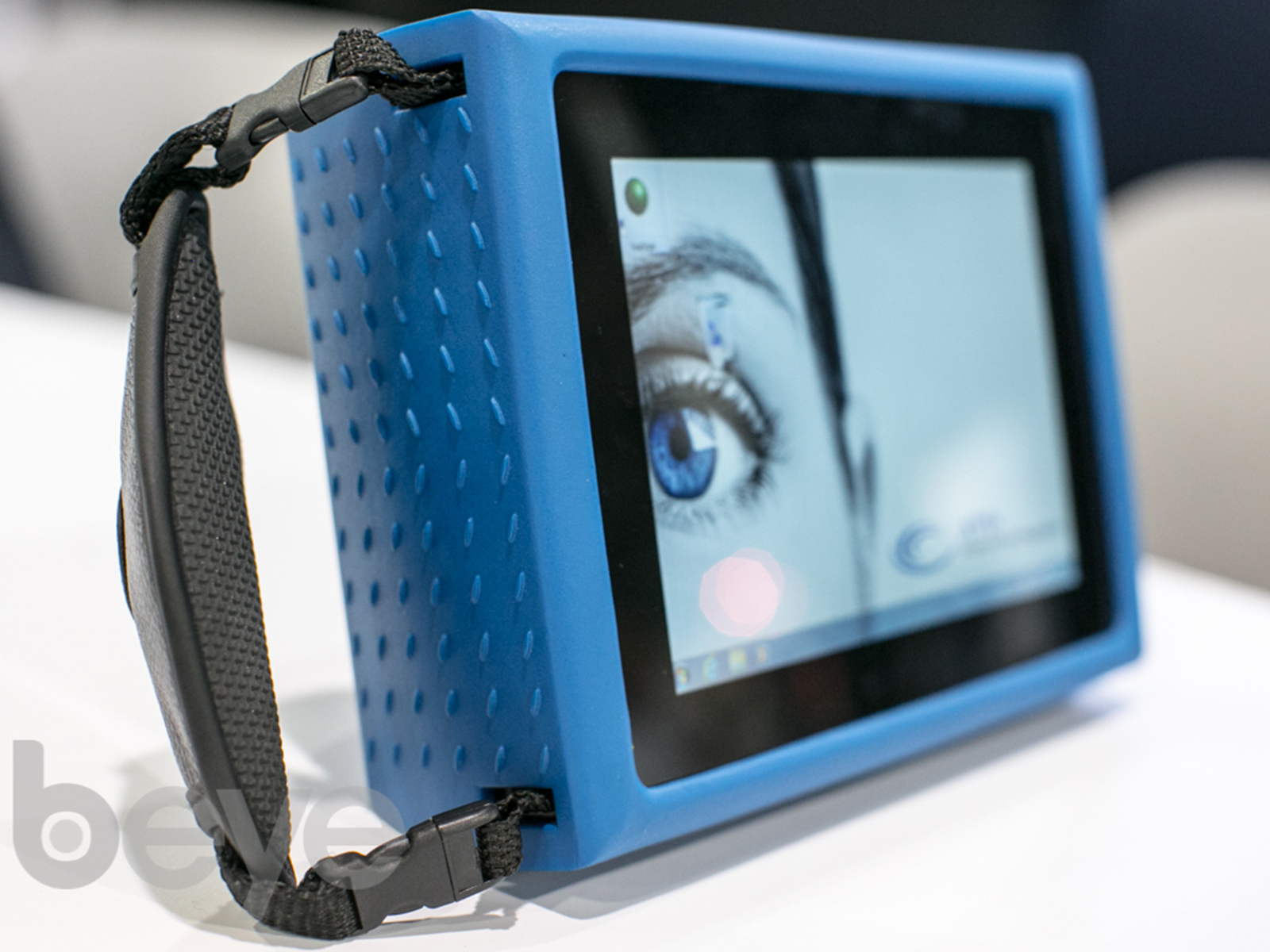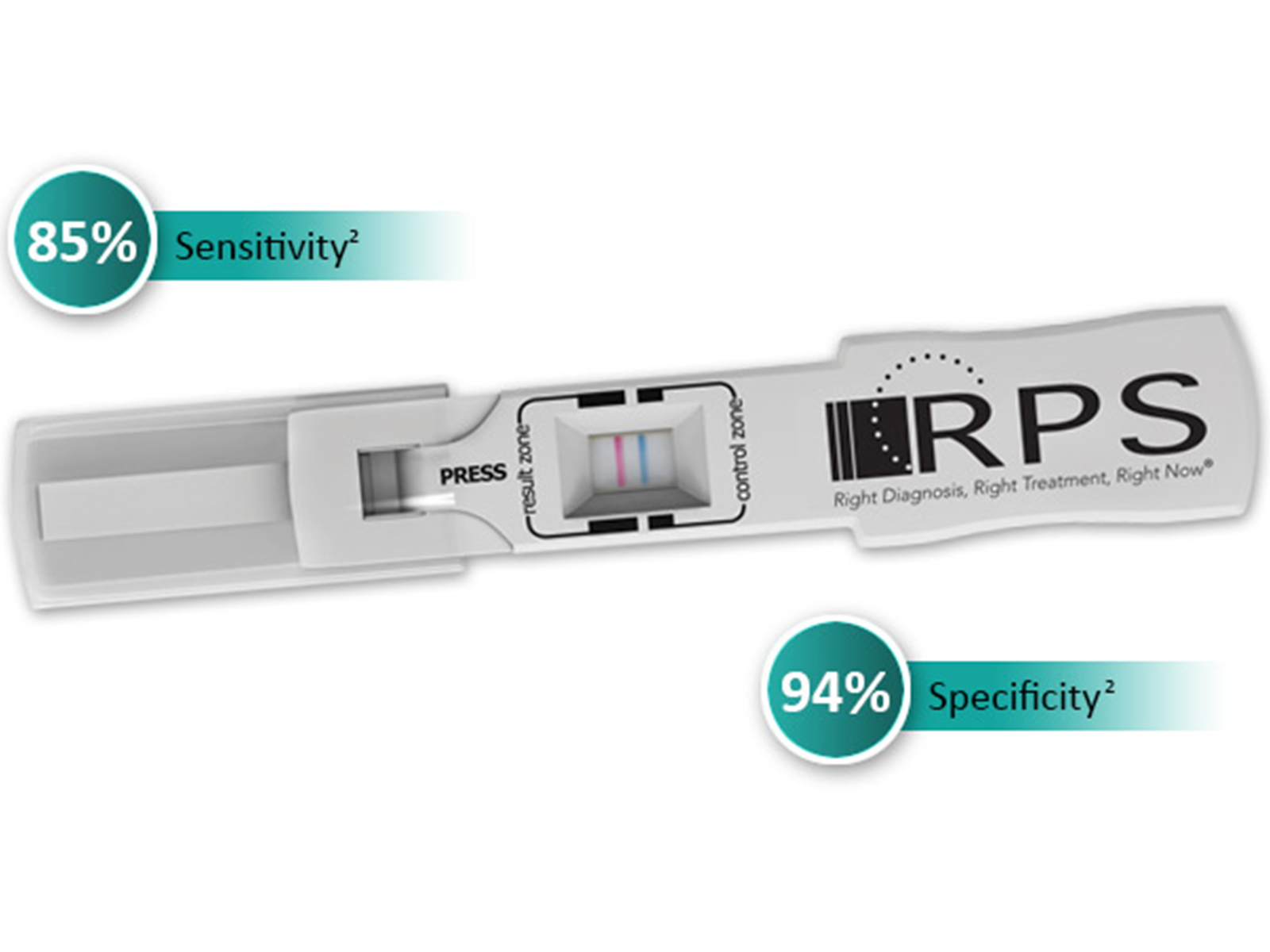- Product Listings
- Compare Products
- Calculators
- Product Tours
- Expert Reviews
- Our Experts
- Company Directory
- About Beye
- Contact Us
Ⓒ 2025 Beye.com. All rights reserved.
This content is intended for health care professionals and providers only. The information contained on Beye.com, including text, graphics, images, and interactive activities, is for informational purposes only, and is not intended to be a substitute for professional medical advice. Beye LLC, via its Editors and Publisher, accepts no responsibility for any injury or damage to persons or property occasioned through the implementation of any ideas or use of any product described herein. Although great care is taken to ensure that all information is accurate, it is recommended that readers seek independent verification of advice on drugs and other product usage, surgical techniques and clinical processes prior to their use. References made in article may indicate usage of medical equipment or drugs at dosages, for periods of time, and in combination not included in the current prescribing information. Inclusion of advertising materials on the website thereof, does not constitute and representation or guarantee by Beye LLC of the quality of such products, or of the claims made.
TearLab Osmolarity System
TearLab CorporationTearLab Osmolarity System measures the osmolarity of tears using nanoliter (nL) volumes of tear fluid collected directly from the eyelid margin. The system consists of two battery-operated osmolarity test pens, the countertop unit, and a supply of single-use test cards. The countertop unit analyzes the tear fluid samples and displays the results on an LCD screen. The test cards come in individual foil pouches and one is loaded onto each test pen.
At-a-Glance
- Provides a numeric osmolarity value (mOsm/L). The normal range is 300 and below. The higher the number over 300 is an indicator to the severity of ocular surface disease.
- 50 nanoliters (nL) of tear film needed to perform test
- Daily and monthly calibrations must be performed and centers must abide by the CLIA regulations
Details
FDA
Yes
CE Mark
Yes
CLIA-Waived
Yes
User Ratings + Reviews
Great for my dry eye patients.
Good for prelasik screening. Wish it were a bit more reproducible. Hard to encorporate in normal work up work flow
Reliable, easy test to use.
TearLab product was a interesting product. the product was able to help our doctors to diagnose severe dry eyes and find better ways to treat it. Cons: test takes long time Every office should try one!
This technology has become an integral part of my practice - a quantitative diagnosis for dry eye patients at presentation and to evaluate response to treatment. Quick and easy measurement, does not slow clinic flow.
love the technology yet I do not always get a direct correlation between osmolarity numbers and patient symptoms. Great for patient ed since everyone loves a number to go by for measured success after Restasis, Plugs, Omega-3s etc. Also, you need to be careful about billing since not all carriers will pay for the service 83861 QW even with 375.15, 370.33 Dx Optometrists need CLIA waiver to perform this, Adenoplus, MMP9 or use Biotissue's Prokera, Good Luck AJ
Show More
Company Information
Contact the company for additional information, availability, or pricing:
TearLab Corporation
tearlab.com150 La Terraza Blvd #101
Escondido, CA 92025
Trending in Dry Eye
Powered by:
Troubleshooting Nonwetting Scleral Lenses
CollaborativeEye, Mar/Apr '18
Dry Eye Can Be Such a Pain
Jacob R. Lang, OD, FAAO
CollaborativeEye, Mar/Apr '18
The Dry Eye Pipeline
Whitney Hauser, OD
CollaborativeEye, Mar/Apr '18
Cataract Surgery After LASIK Corneal Flap Removal
CRSToday, March 2018
Lessons from the PHACO Study
Eric D. Donnenfeld, MD
CollaborativeEye, Debut Issue
Diversification Fuels Tennessee Practice’s Steady Growth
Michael Patterson, DO
CRSToday, February 2018
My Algorithm for DED
CRSToday, Jan 2016
OSD: a Review
CRSToday, Jan 2016
Show More




